
The Missing Link to Movement Mastery: Part 3 – Directional Awareness
By Craig Valency, MA, CSCS Introduction As I discussed in the first post in this series, the missing link to true movement mastery is learning the 9 perceptual-motor skills as early as possible. As fitness professionals, teachers, therapists, or parents, we have a...

The Missing Link to Movement Mastery: Part 2 – Body Awareness
By Craig Valency, MA, CSCS As I discussed in the first post of this series, the missing link to true movement mastery is learning the 9 perceptual-motor skills as early as possible. As fitness professionals, teachers, therapists, and parents, we have a unique...
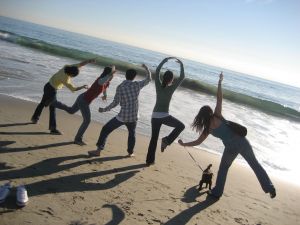
The Missing Link to Movement Mastery: Part 1 – The 9 Perceptual-Motor Skills
By Craig Valency, MA, CSCS With the rise in awareness of childhood obesity, we’ve been imploring kids to move more and eat less. But what if we're missing the mark? Today, many kids are over-scheduled, uninspired, and drowning in electronics – they simply don’t play...

The Winter Warm-Up
With winter temperature dropping, it’s more important than ever that youth follow a proper warm-up before PE class, sports practice, or any other physical activity.
Below is a “plug and play” program for the first 15-20 minutes of your class, camp, or training sessions.
The program below is ideal for 6-12th grade, but can be adapted for younger kids as well.
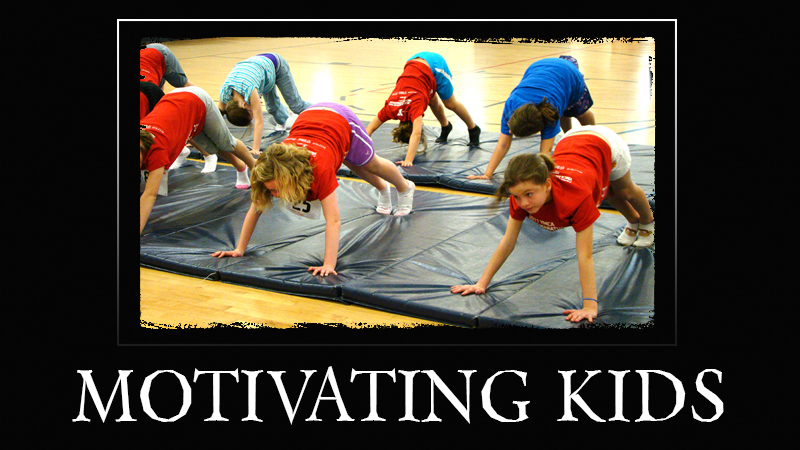
Motivating Kids to Move: 3 Secrets You Need to Know!
Getting kids to exercise is one thing. But getting kids to want to move and be active throughout their lifetime is another.
Of course, a good start would be to focus on developmentally appropriate skill themes and movement patterns that stress quality movement rather than sports themes, or tests of who can do the most exhaustive, repetitive fitness exercises –irrespective of form.
Once the right curriculum or programming is in place, the secret to always ensuring that kids enjoy the experience and want to do more is in knowing how to implement the three key elements of human motivation. For this, we go beyond the world of fitness and venture into the world of psychology and the self-determination theory (SDT).
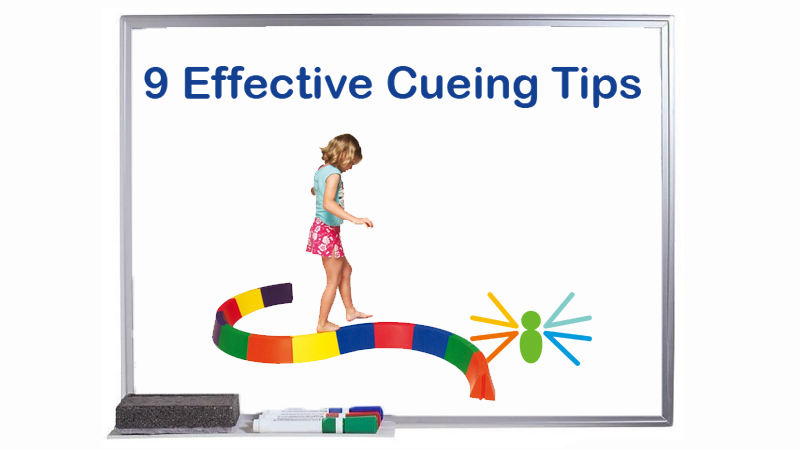
“That’s my cue!” – 9 Effective Cueing Tips to Maximize Movement Learning
“Don’t round your back!”
“Chest up, butt out, head up!”
“Stay low, and stop bobbing your head up and down!”
If you’ve been on the receiving end of this barrage of commands, I can guarantee you that frustration, rather than improved movement skills, was usually the outcome.
Once a movement skill has been taught, feedback is important. A simple cue can have a dramatic impact on perfecting a movement, but it can also do damage by making someone feel like a failure. Worse yet, if given incorrectly or overused, cues can take all the fun out of learning and create an environment that does not encourage an intrinsic desire to be more active.
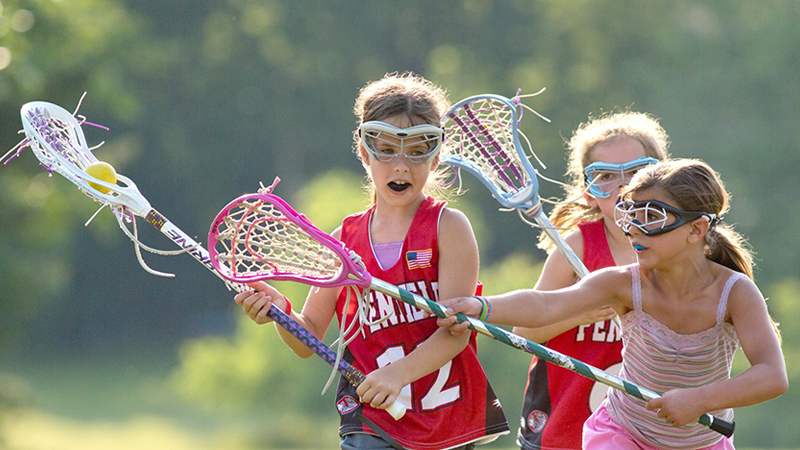
The Top 5 Ways to Make a Complex Skill Easy to Learn
There is nothing more frustrating than your fist day learning a new skill! Think back to some of those experiences…
Inspired by the effortless, graceful figure skating during the winter Olympics, you donned your rental skates, hit the ice, and spent most of your time on your butt!
Roger Federer’s smooth, powerful tennis serve at Wimbledon never seems quite so smooth when you try it on for yourself.
And my personal not-so-favorite learning experience was striking out on the driving range as I tried to hit a golf ball that was just sitting there patiently waiting for me!
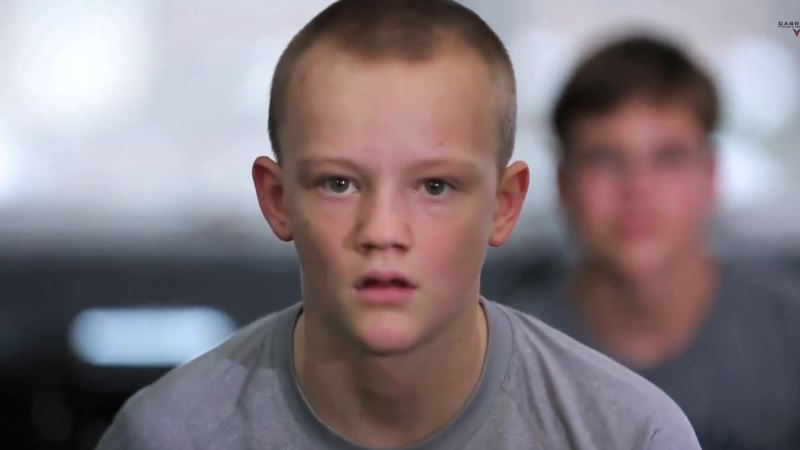
Kids and The Growth Mindset
Being able to empower lifelong success in youngsters as a fitness educator goes well beyond warm-ups, sets, and reps.
As a PE teacher, coach, or fitness professional what you can do to give your students an educational experience that will last a lifetime?
Exercise techniques, games, and other methods are an important part of the lifelong fitness toolbox. However, the fitness environment can provide opportunities to learn other powerful life skills as well.
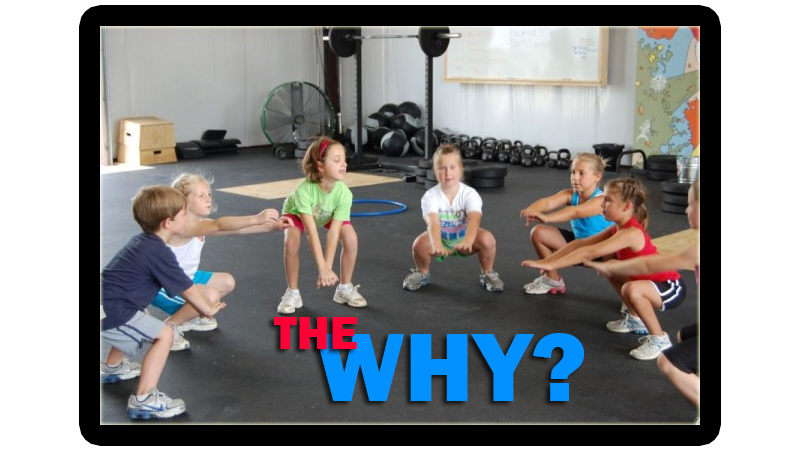
Don’t start with WHAT, Start with WHY!
I’ve been teaching physical education for about 10 years.
I remember my first few years of teaching, coming into the classroom excited to try a new lesson or activity with the hopes it would get my kids engaged and excited.
Sometimes that was the case. Sometimes it wasn’t.
As I look back at my successes and missteps in creating an optimal environment for learning, there a few key components tied to the days and weeks where I was able to truly engage my kids in the process.
It all comes down to the WHY.
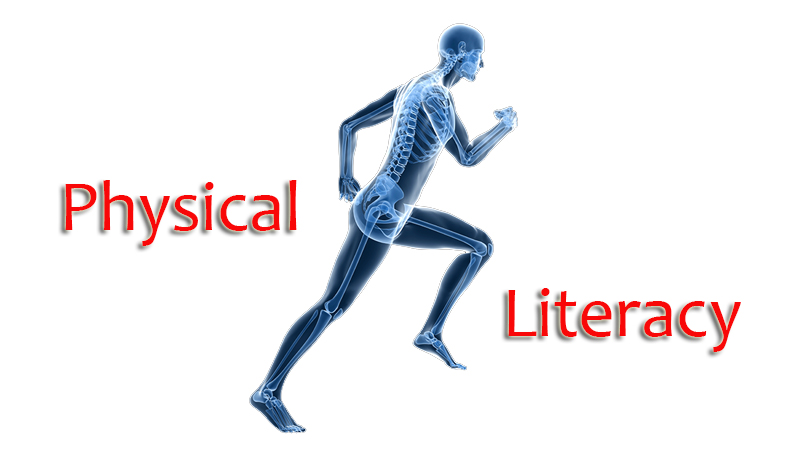
Foundations of Physical Literacy
We start with letters.
We learn that each letter had a sound.
These sounds can be put together in to words.
Words can then be put together into phrases, paragraphs, stories, and novels.
Pretty soon, we’re reading.
Literacy is developed by breaking down complex arrangements of words into their fundamental pieces.





Connect with SPIDERfit!